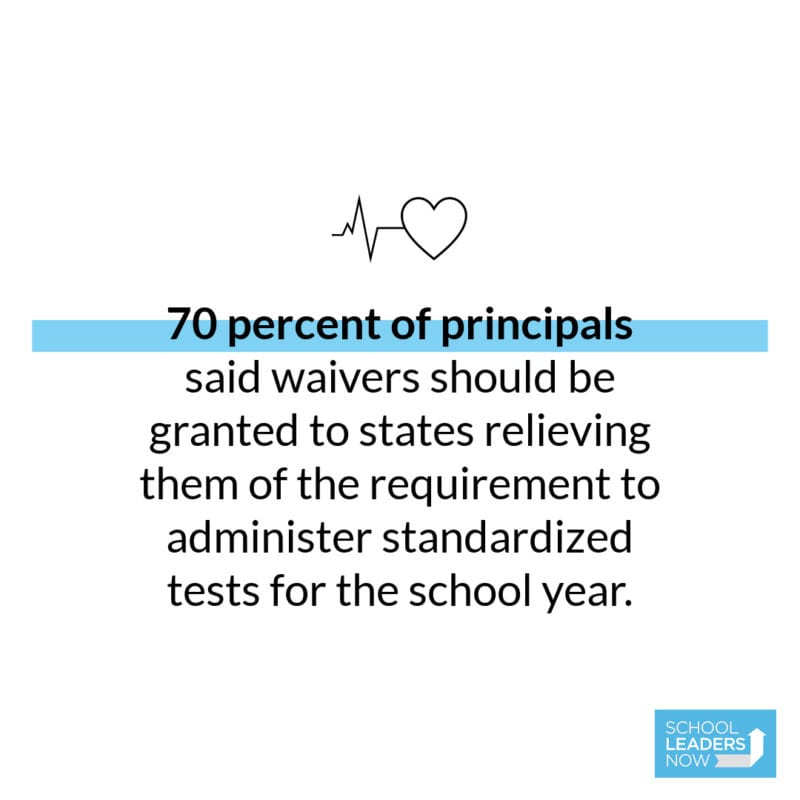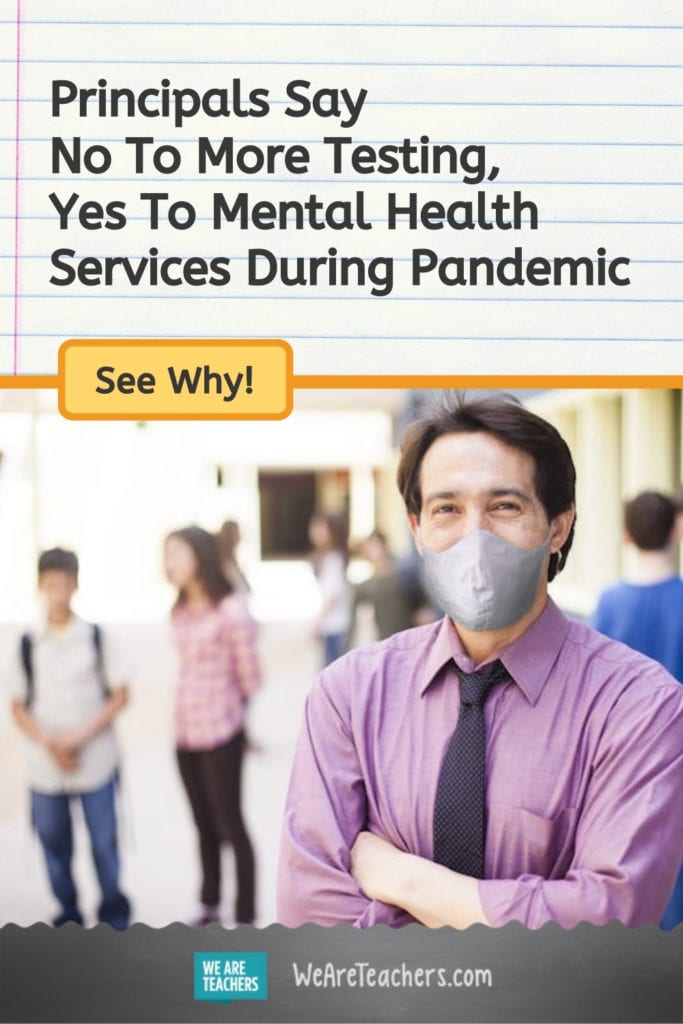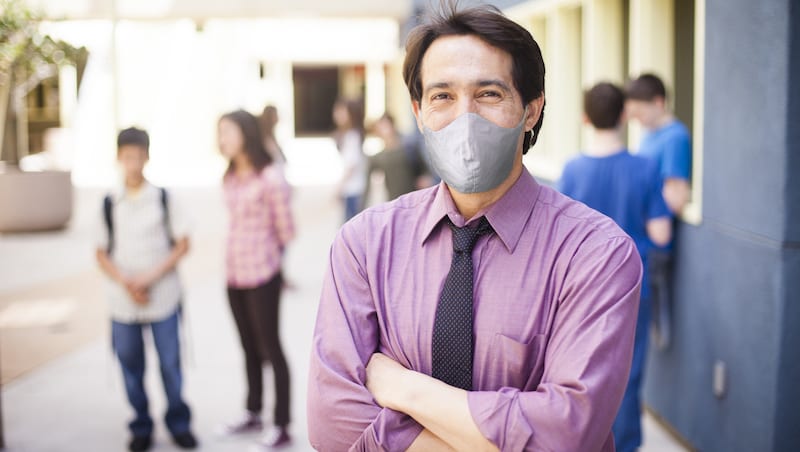It’s inspiring to see how principals across the country are rising to the challenges of pandemic leadership—especially considering the lack of training, funding, and support. Most principals are doing the best they can to manage the day-to-day challenges of pandemic schooling while also advocating for their teachers, staff, students, and school community. There’s new survey data to back this up. Among other findings, it shows principals say no to more testing and yes to more mental health services as the pandemic continues.
NAESP surveyed principals, and the results are in.
In late December 2020, The NAESP surveyed 860 elementary and middle school principals across the country to gain insight into how schools are safely conducting classes, whether or not they have the necessary funding to respond to the pandemic, and how the pandemic is impacting their schools. The survey’s key findings tell us that principals say no to more testing and yes to more mental health services. But they can’t do more without more funds.
We can’t address learning loss without more funding.
Nearly 25 percent of survey respondents don’t have funding to provide additional services, staffing, or programming to address learning loss or students who are falling behind. Monies are being used towards areas they normally wouldn’t be, and there isn’t more money. We can’t fault school leaders for prioritizing meals for students and PPE first. This is the reality of pandemic school leadership. It’s balancing Maslow and Bloom, knowing that right now, Maslow has to come first.
[contextly_auto_sidebar]
We can’t support students’ mental health without more support staff.
Nearly 70 percent don’t have sufficient school-based mental health professionals to adequately serve all students in need of services. This one is heartbreaking. Our students are anxious, worried, and experiencing anxiety more than ever. Suicide rates are up, and school, which is often the safety net for many students, has become unreliable. Schools need more funding so they can provide students with school-based mental health care. If schools don’t have these professionals and services, we will continue to see untreated anxiety, depression, and more learning loss.

So many students aren’t showing up for school.
82 percent of respondents indicated the pandemic has hurt student attendance in their school or caused students to go missing. Principals are doing everything that they can to get students to show up for school, whether online or in person. The reality is that a lot of students don’t have equal access to technology and Wi-Fi. According to survey data, the students who aren’t showing up are students without internet or with disabilities.
We don’t want to test students or evaluate teachers this year.
70 percent of respondents said waivers should be granted to states relieving them of the requirement to administer standardized tests for the school year. From a school leader’s standpoint, the purpose of testing is to gather data, and that data isn’t going to be accurate this year, especially with so many students not coming to school. Why put teachers and students through the stress of testing-taking, not to mention the possibility of risking their physical health (testing needs to happen in person) when the data won’t be useful? The same goes for teacher evaluations. How can we evaluate teachers on pandemic teaching when we’ve never taught this way before?

The silver lining? School leaders are advocating for all of us.
Many of the survey respondents also wrote in their own words what challenges they are facing and what they need to address those challenges. I felt a glimmer of hope when I read things like, “Flexibility and empathy during these unchartered times is of the utmost importance,” and “teachers and paraprofessionals have been our heroes throughout the pandemic.” The bottom line: school leaders can’t do more with less. School leaders need more funds to successfully lead during a pandemic. In the meantime, they are showing up every day, making difficult choices and doing the best they can for all of us.
What does pandemic leadership look like for you? Come share in our Principal Life Facebook Group.
Plus, Why “We’ve Always Done It This Way,” Just Won’t Cut It Anymore for Schools.

